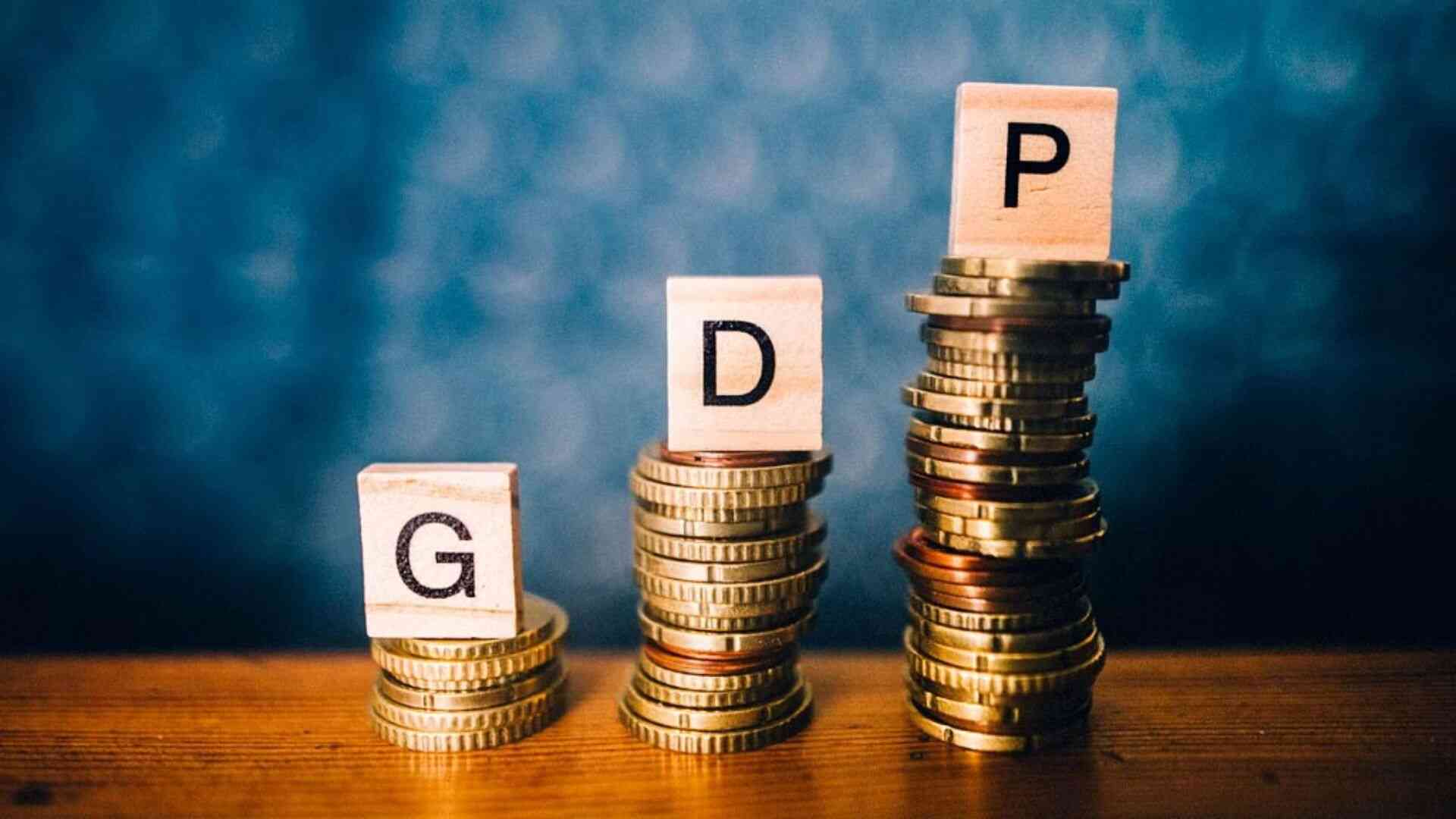
China’s National Bureau of Statistics announced on Monday that the country’s GDP in the second quarter grew by 4.7% compared to the previous year, which was lower than the expected 5.1% increase. This growth rate represented a deceleration from the 5.3% growth observed in the first quarter. Moreover, retail sales in June increased by 2%, below the anticipated growth of 3.3%.
“By quarter, the GDP for the first quarter increased by 5.3 per cent year on year and for the second quarter 4.7 per cent. The GDP for the second quarter increased by 0.7 per cent quarter on quarter,” the statement said.
China’s National Bureau of Statistics attributed the slowdown in second-quarter growth to adverse weather conditions and pointed out increasing external uncertainties and domestic challenges anticipated for the remainder of the year. The economic situation in China has revealed disparities, with industrial output outpacing domestic consumption, leading to concerns about deflation amidst a downturn in the property sector and rising local government debt. While resilient Chinese exports have provided some stability, escalating trade tensions now pose a notable risk.
The figures were disclosed as Beijing seeks to enhance economic optimism ahead of the highly anticipated third plenum, a critical leadership assembly beginning Monday. However, conflicting objectives, such as the imperative to promote growth while managing debt, pose challenges to these aims.
In recent years, China has transitioned from rapid economic growth to a more moderate pace. The GDP growth rate for 2023 was approximately 5.5%, marking a decrease from the double-digit rates observed in previous decades. This shift in China’s economic growth can be attributed to several interconnected factors.
According to the World Bank, China is moving away from a growth model driven primarily by investments in infrastructure and heavy industries, towards one that places greater emphasis on consumption and services. As the economy matures, the pace of investment-driven expansion has slowed.
Furthermore, China’s demographic dividend, characterized by a large and youthful workforce, is waning as the population ages. An aging population decreases the labor force participation rate and constrains the potential for rapid economic expansion.
According to the Council on Foreign Relations, escalating trade tensions with the United States and other major economies have negatively affected China’s export sector and overall economic confidence. Tariffs and trade barriers have disrupted supply chains and diminished global demand for Chinese goods. China also faces significant environmental challenges resulting from decades of rapid industrialization.
Efforts to mitigate pollution and promote sustainable development, essential for long-term viability, have also influenced industrial output and economic growth rates. As noted by the China Economic Review, the transition to an economy driven more by innovation requires considerable time and resources, potentially impacting overall GDP growth rates in the short term.















